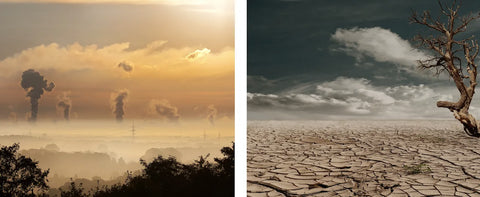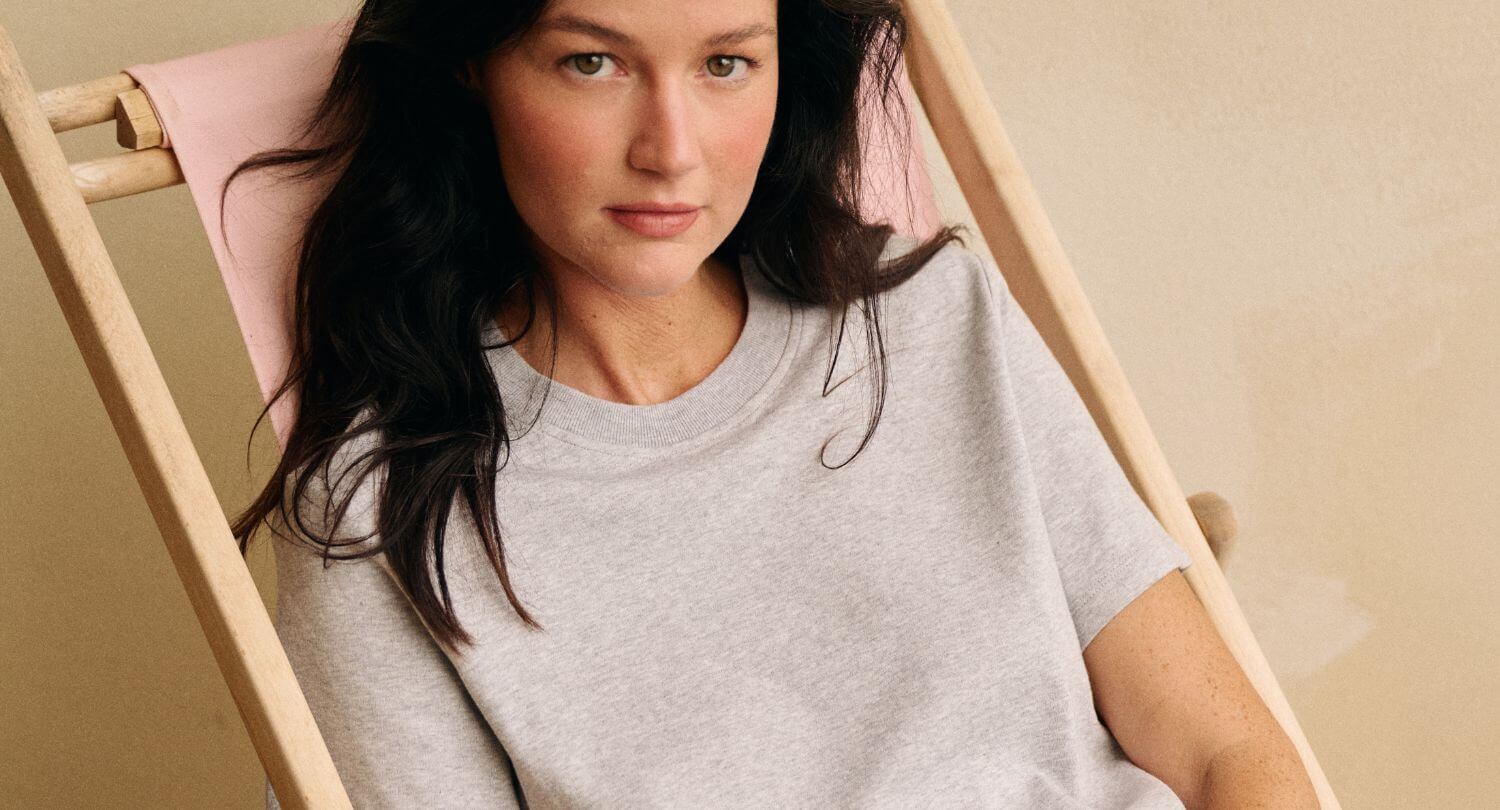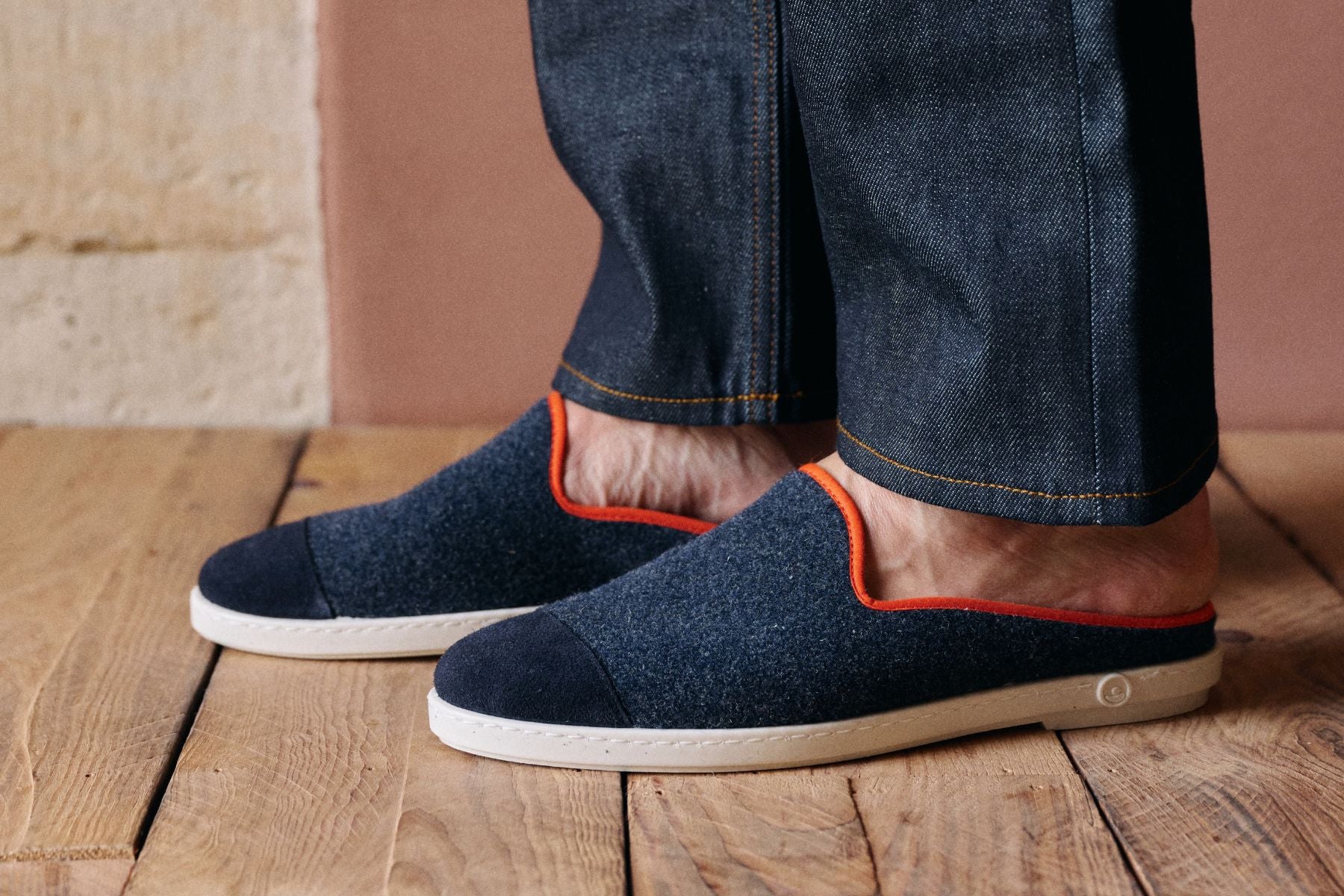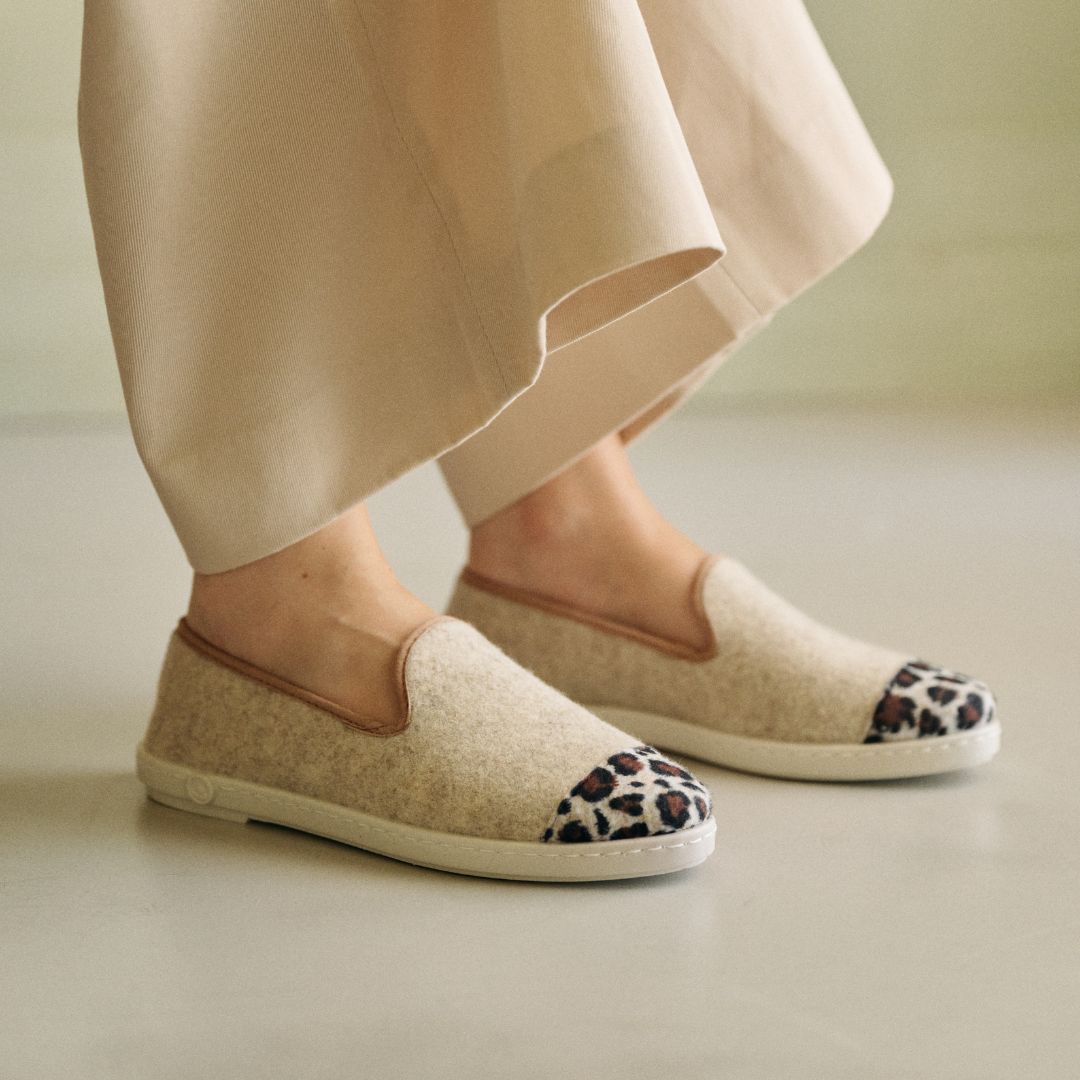Why is fast fashion unethical?
Retailers are able to follow trends almost immediately and offer thousands of new clothes every day, but quality is not really sought after in the sector. Clothes wear out very quickly and are often even poorly sewn.
Fast fashion clothing is worn on average between 3 and 4 times. The invasive advertising of these brands and the short lifespan of the products further push consumers to purchase.
Every year, according to ADEME, 100 billion items of clothing are purchased worldwide. However, 30% of the clothes in our wardrobe are actually worn. So, what are the consequences of this model? Consumers, what alternatives are available to you?
Our wardrobe, responsible for 1.2 billion tonnes of GHGs?
The fast fashion model has significantly increased greenhouse gas emissions from the fashion sector. Textiles are now the second most polluting industry, behind the oil industry. With its 1.2 billion tonnes of greenhouse gases (GHG) per year, it represents 2% of annual global GHG emissions, and this share is constantly increasing.
Fast fashion weighs heavily on the carbon footprint of many French people. Recently, a study showed that 22% of French teenage girls' GHG emissions came from their purchases from just one of these brands, SHEIN.
What impact does fast fashion have on our water resources?
The textile sector is a large consumer of water, whether for the manufacturing or processing of clothing and shoes. Using materials like cotton requires an immense amount of water for each harvest.
According to Water Footprint Network, 1 kg of cotton fiber requires 10,000 liters of water. To give you an idea, this quantity only allows the creation of jeans and a t-shirt.
Ultimately, the fast fashion sector uses no less than 4% of the drinking water available in the world. Which makes it the 3rd most water-consuming sector, behind wheat and rice.
Industry also has some responsibility for water pollution. From dyeing and processing clothes alone, fast fashion is responsible for at least 20% of global water pollution. In addition, treatment plants have the bad habit of discharging wastewater into nature.
You've probably already seen polyester on your clothing labels. It is a widely used material in the sector, but it is responsible for the annual release of 500,000 tonnes of micro plastics into the oceans. The pollution generated puts us in danger and is responsible for the erosion of marine biodiversity. These micro plastics end up being ingested and then end up in our stomachs.
The use of chemicals and toxic products does not only have consequences on the environment. The health of the workers who are responsible for applying them is also put at risk. For example, viscose clothing requires carbon disulfide. The latter can cause, among other things, heart attacks. At Angarde, we believe that it is not necessary to take such a risk for a simple item of clothing. We make it a point of honor not to use toxic products in our production process, favoring natural and recycled materials.

Did you know: jeans travel the equivalent of 1.5 times around the world before arriving in a store!
In fast fashion, the entire life cycle of products is polluting. Materials are extracted in one location and chemically processed in another. The garment is then made in a workshop, then transported by plane, boat and then truck to warehouses and stores where they are put up for sale.
Still largely based on fossil fuels, the means of transport used emit millions of tonnes of greenhouse gases every year.
Almost non-existent recycling for textiles
The end of the life of these products is often a source of pollution. Retailers burn unsold items so as not to have to store them and some consumers throw them in the trash. Less than 1% of textile production is recycled worldwide.
Before, some clothes were sold in African countries like Ghana, to be reused. Now, the clothes received are of such poor quality that they are no longer usable and end up in open-air landfills.
In Ghana, 15 million tonnes of textiles arrive every week. Ultimately, they just pollute Ghanaian lands because of the chemicals they contain. This phenomenon risks having direct impacts on the health of the population.
However, textiles can be recycled. Certain materials can be reused and clothes can be transformed or personalized to adapt to new desires. This is why Angarde uses recycled materials to make its sneakers, espadrilles and slippers, and is thus part of a sustainable approach. In addition to avoiding the accumulation of waste, this circularity allows us not to produce new polluting materials and not to use drinking water for irrigating crops.
What are the social and health issues of fast fashion?
Obviously, the active participation of the textile industry in increasing greenhouse gas emissions aggravates health risks linked to pollution and climatic events such as drought.
To reduce their production costs, fast fashion brands work with subcontractors mainly in Pakistan and Bangladesh, where labor is very inexpensive. Some will say that it is up to these countries to review their regulations in terms of working conditions and salaries. In reality, the weight of the textile industry is such that it is difficult for them to do without it. They are even encouraged to offer ever lower salaries to attract brands.
The workers employed in the workshops manufacturing these clothes suffer indecent working conditions. For a €29 t-shirt, a worker receives the equivalent of 18 cents. In a report, the NGO Oxfam shows that Bangladeshi workers do not receive the minimum wage and cannot even meet their basic needs.
Many children are employed as laborers and are not allowed to go to school. Working time is not regulated and working hours can be up to 14 or even 16 hours per day. To avoid these scenarios, Angarde has chosen to work with European workshops concerned about the working conditions of their employees.
In 2013, the collapse of the Rana Plaza, a clothing workshop, showed the risks that workers were taking. Bangladeshi inspectors had requested the closure of the workshops, but the employees were forced to return to work. This disaster left 1,135 dead.
However, countries like Bangladesh are among the first victims of global warming. Delta state, 50% of Bangladesh's land will be flooded when the sea rises by one meter (around 2100 according to the latest scientific data).
But, what are the alternatives to fast fashion brands?
The dangers posed by fast fashion are becoming increasingly well known. But, once we are aware, what solutions are available to us?
The best option is to buy the things you really need, and no more. To limit the manufacturing of new products, second hand and upcycling are solutions to be put forward. Thrift stores, depots, resale platforms or flea markets, there is no shortage of places to bargain.
Then, more sustainable and clean consumption is possible by turning to more quality clothing and shoes, made from less polluting materials and manufactured in decent working conditions. This is what slow fashion brands like ours offer.
In the eyes of consumers, the downside of these brands is the price. Obviously, as long as fast fashion brands lower their production costs due to low-cost labor and a practice that is harmful to the environment, their prices will always be more attractive than those of ethical fashion.
However, we must not forget that clothing and shoes from ethical fashion are more qualitative and durable. If we aim to consume less but better, this saves you the hassle of buying two pairs of espadrilles every summer, for example!

Slow fashion vs. fast fashion
In response to the Rana Plaza collapse, Carry Soomers and Orsola De Castro founded the Fashion Revolution movement to make the textile industry more sustainable, transparent and fair. Since then, slow fashion brands have emerged, particularly in France.
These brands aim to offer timeless clothing, which will please at all times to limit the consumption needs of customers. The clothes are therefore designed to be durable.
Brands think about the entire life cycle of the product, from the choice of materials to recycling. Materials like polyester and elastane are banned. The only cotton used is recycled or organic cotton.
Generally speaking, manufacturing uses much less water, and chemicals are avoided as much as possible. At Angarde, our shoes are made from recycled, upcycled or eco-designed materials. Everything is thought through, even our partners and our packaging are chosen with care.
Slow fashion producers strive to be particularly transparent about their manufacturing process, particularly in terms of the materials used and the subcontractors with whom they work. Moreover, you will find the entire Angarde approach on our site. This communication and customers' demand for transparency make greenwashing more complicated, and that's good.



























